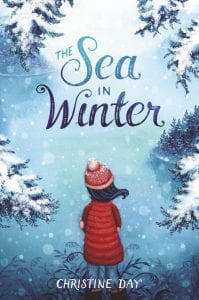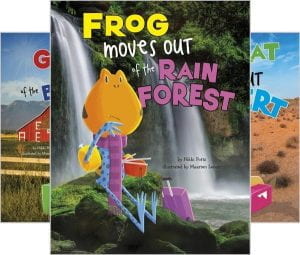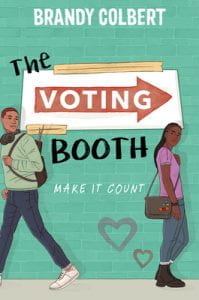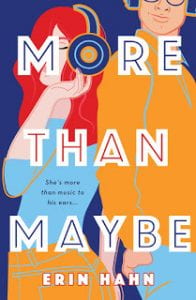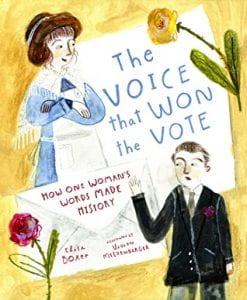 McGhee, Alison. Where We Are. Atheneum/A Caitlyn Dlougy Book, 2020. 978-1-534-44612-0. $18.99. Grades 7-10.
McGhee, Alison. Where We Are. Atheneum/A Caitlyn Dlougy Book, 2020. 978-1-534-44612-0. $18.99. Grades 7-10.
Micah and Sesame had a plan. If Micah and his parents mysteriously disappeared from their home in present-day, downtown Minneapolis, Micah would text Sesame and she would find him. When Deacon comes to escort the Stone family to the South Compound, he confiscates their cell phones so Micah leaves a cryptic note on the wipe-off board on the refrigerator. The Stones have joined a cult that scorns all worldly things—even pencils—and cower and obey the harsh and unreasonable mandates of one man they call the Prophet. Not Micah. He resists and accumulates so many infractions for what the cold and domineering Prophet deems insubordination that the young man barely exists in solitary confinement. Though free, Sesame Gray lives a secret life. After her mother dies (she calls her grandmother because the woman was older when she adopted Sesame), she concocts stories so that neither her friends nor her solicitous neighbors suspect she is living alone in an abandoned garage. Throughout the book, Sesame reflects on both her grandmother’s goodness and also her habit of keeping them isolated and self-sufficient. That behavior serves Sesame well in her current situation, but her experience relying on others to help in the search for Micah brings a new realization that every person needs to depend on someone. High school seniors and sweethearts, Micah and Sesame narrate this curious story in alternating chapters: faithful Sesame on the outside, remains single-mindedly determined to find her lost boyfriend; resilient Micah, imprisoned in a basement laundry and wasting away, continues to leave clues, sure Sesame will find him. In the hands of a different writer, this book about cults and loss would be a toss off. Author Alison McGhee’s writing pulls the reader along this strange tale and makes us care about these two sensitive and insightful characters. Still, the subject manner is very particular and though there is the element of romance, their love is played out through devotion rather than a relationship, leaving the book with limited appeal. It is unclear what ethnicity the characters are (the cult and its members seem white); two neighbor couples are gay; it all is seamless.
THOUGHTS: I have read other books by Ghee (Maybe a Fox), and admired her unique plot selections. A hide-and-seek love story centered around a cult but not really about the cult is unique, but not so interesting. The fact that present-day Minneapolis is the focal point of so much foment, violence, and pain, and Ghee picks that city to be the setting for a cult/kidnap/romance seems to me an odd-and avoidable-choice. The dust jacket states Ms. McGhee splits her residence between Minneapolis and another place, so perhaps the setting doesn’t matter. Though I couldn’t, I thought these factors promoted this book: subtle but solid theme, good writing, clever idea of creative Sesame to leave poems boxes around town, appealing characters. Like McGhee’s other books, this one fits only a narrow audience.
Realistic Fiction Bernadette Cooke, School District of Philadelphia


